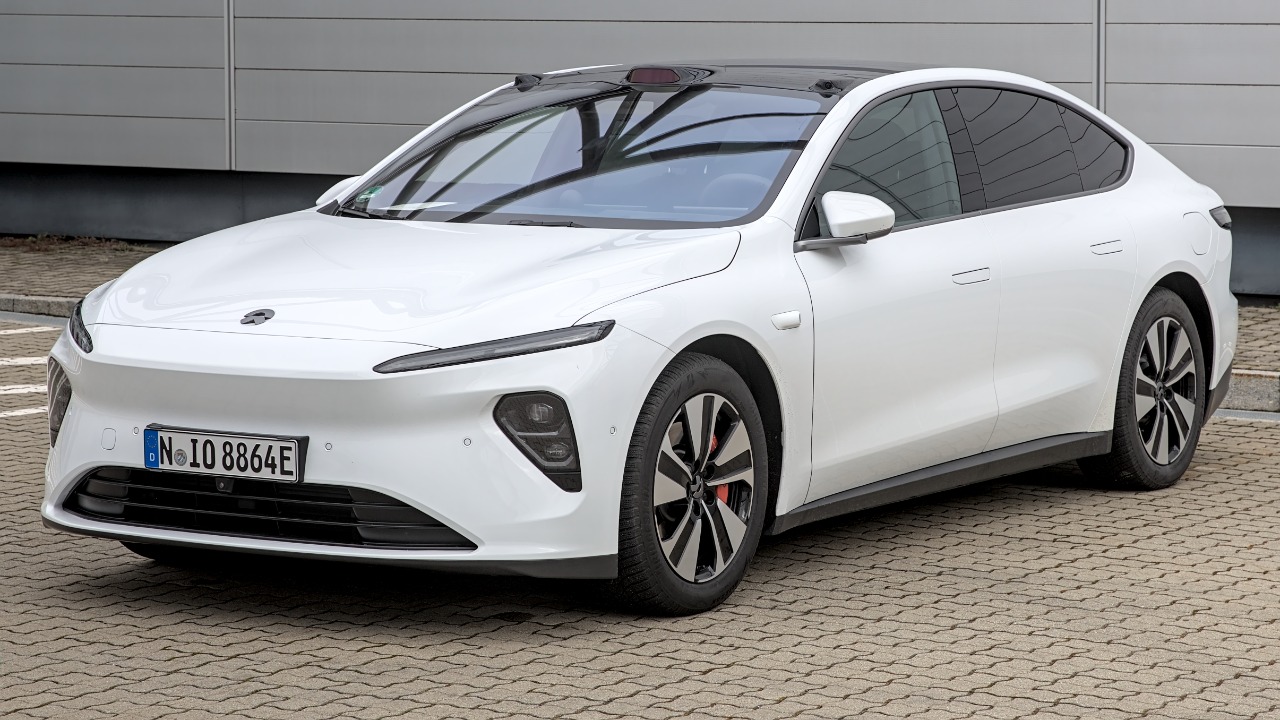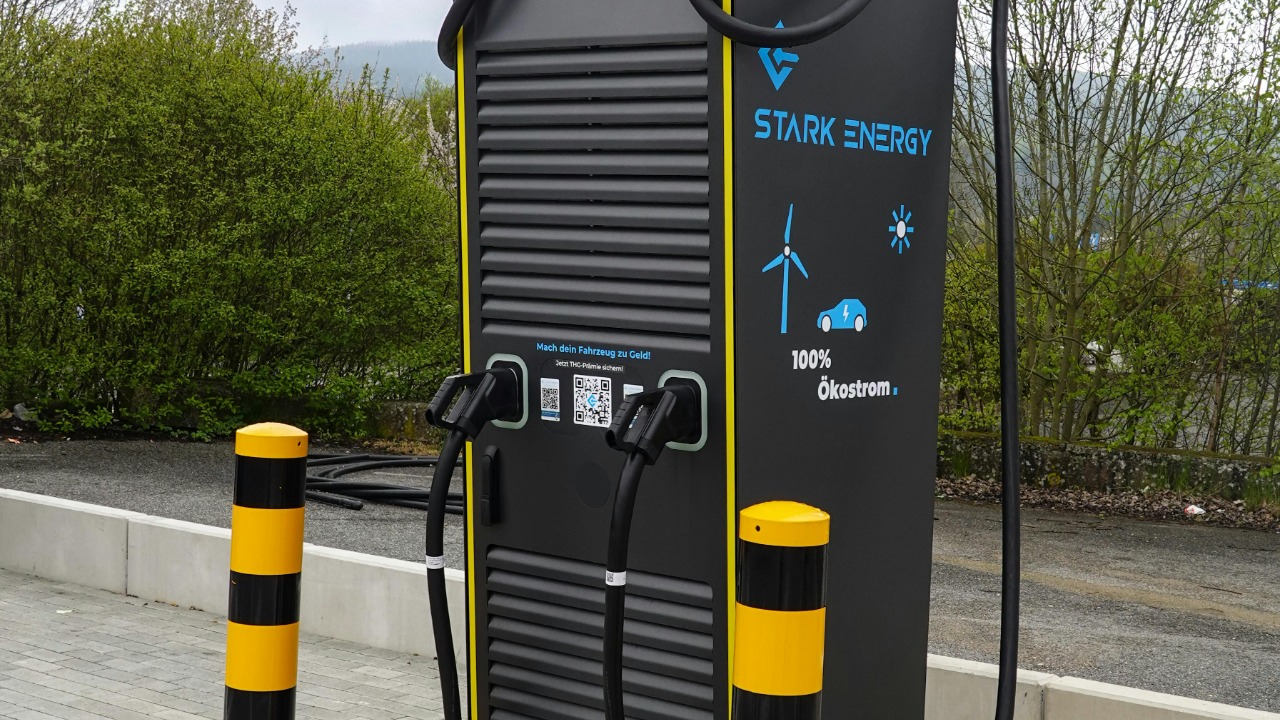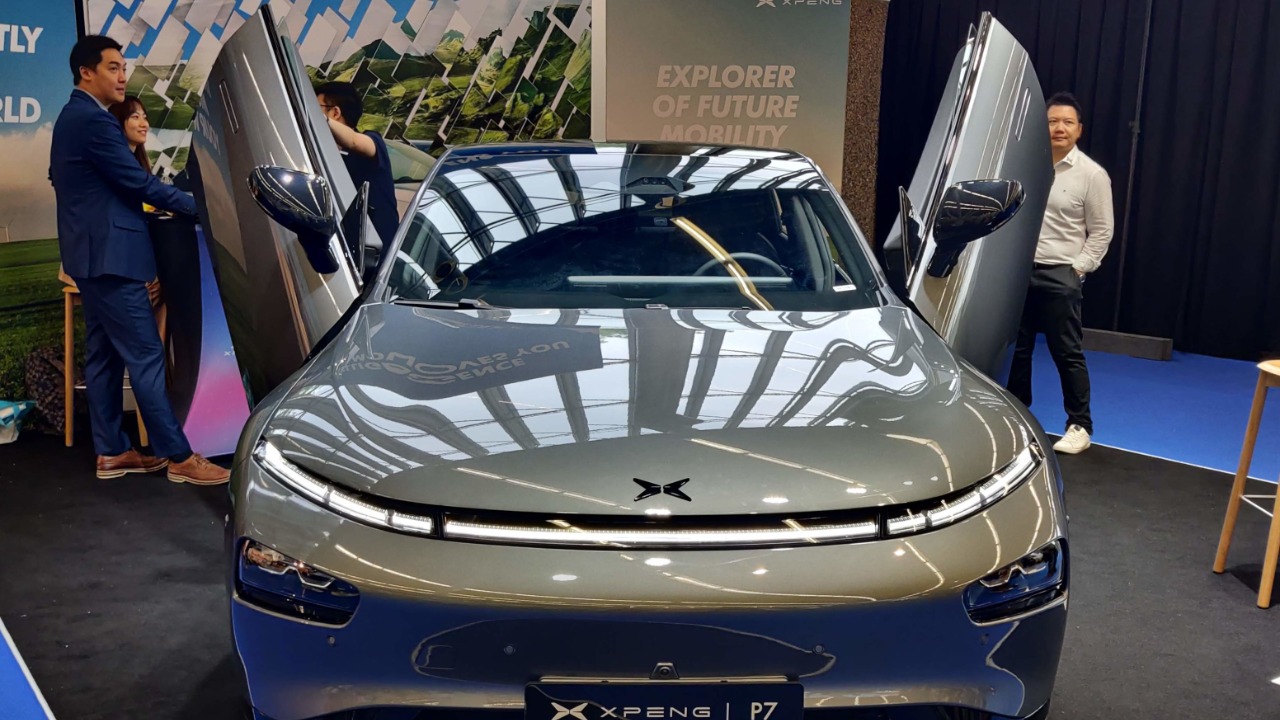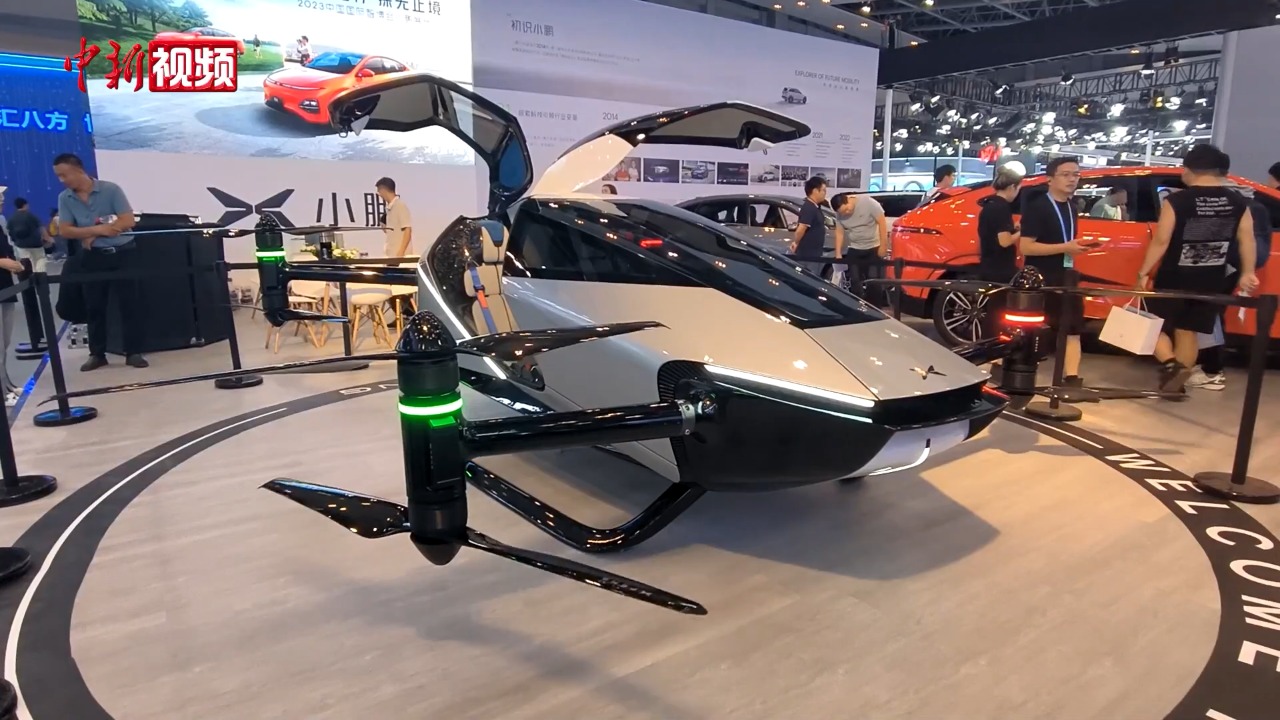
Over the past decade, China has emerged as a dominant player in the electric vehicle (EV) industry, surpassing traditional automotive powerhouses. The strategic steps and policies that have propelled China to the forefront of the global EV market include government initiatives, technological advancements, and dynamic market forces. This confluence of factors has enabled China to lead the charge in transforming transportation worldwide.
Strategic Government Policies

Subsidies and Incentives
The Chinese government’s approach to fostering the EV market has been characterized by a range of financial incentives aimed at boosting consumer adoption. These incentives have included substantial purchase subsidies, which reduce the upfront cost of EVs for consumers, making them more accessible to the average buyer. Additionally, tax exemptions and reductions in vehicle registration fees have further incentivized consumers to opt for EVs over traditional gasoline-powered vehicles. These measures have contributed significantly to the rapid growth of the EV market within China, as evidenced by the increasing number of EVs on the roads.
Subsidies have also played a crucial role in encouraging automakers to invest in EV production. By lowering the financial barriers associated with manufacturing, these incentives have enabled both established and new automakers to enter the market and expand their EV offerings. The impact on consumer behavior and market growth has been profound, as seen in the dramatic rise in EV sales over the years. The availability of affordable and diverse EV models has made it easier for consumers to make the switch, thereby driving market expansion and solidifying China’s position as the global leader in the EV sector.
Regulatory Support and Mandates
Regulatory support has been another pillar of China’s EV strategy. The government has implemented stringent fuel economy standards and emissions regulations, compelling automakers to innovate and produce cleaner vehicles. By setting ambitious targets for reducing carbon emissions and improving air quality, these regulations have created a conducive environment for EV production. Automakers are incentivized to prioritize EVs over traditional vehicles, aligning their production strategies with national goals for environmental sustainability.
Moreover, government mandates requiring automakers to produce a certain percentage of EVs have further accelerated the shift towards electric mobility. These mandates have pushed companies to invest in research and development to create competitive EV models that meet consumer demands and regulatory requirements. The result has been a surge in EV production, with Chinese automakers now accounting for a significant portion of the global EV market. This regulatory framework has not only driven domestic growth but has also positioned China as a key player in the international automotive industry.
Investment in Research and Development

Funding for Innovation
China’s commitment to becoming a global leader in the EV industry is evident in its substantial investment in research and development. Both the government and the private sector have poured resources into advancing EV technology and infrastructure. State-owned enterprises, alongside private companies, have been instrumental in driving innovation, focusing on developing cutting-edge technologies that enhance vehicle performance and efficiency. This collaborative effort has resulted in significant advancements in battery technology, which is crucial for improving the range and affordability of EVs.
The role of state-owned enterprises cannot be understated, as they have provided the necessary financial backing and resources to support large-scale R&D projects. Meanwhile, private companies have brought agility and creativity to the table, fostering a competitive environment that spurs continuous innovation. This dynamic interplay between government and private sector investment has positioned China at the forefront of the global EV industry, as highlighted by the Information Technology and Innovation Foundation.
Technological Advancements
Breakthroughs in battery technology have been a game-changer for the EV industry, significantly impacting range and affordability. Chinese researchers and companies have made notable strides in developing more efficient and cost-effective batteries, which has been a key factor in the widespread adoption of EVs. The emergence of domestic technology companies, such as CATL and BYD, has further solidified China’s reputation as a leader in battery innovation. These companies have influenced global EV trends by setting new standards for battery performance and sustainability.
The impact of these technological advancements extends beyond the domestic market, as Chinese companies are increasingly exporting their technology and expertise to international markets. This global influence is evident in the growing presence of Chinese-made EVs and components in various countries. By leveraging their technological prowess, Chinese companies are not only meeting domestic demand but are also shaping the future of the global EV industry.
Expanding Charging Infrastructure

National Infrastructure Plan
China’s efforts to develop a comprehensive charging network have been instrumental in supporting the widespread adoption of EVs. The national infrastructure plan focuses on creating an extensive network of charging stations, ensuring that EV owners have convenient access to charging facilities across urban and rural areas. This initiative has been supported by public-private partnerships, which have facilitated the rapid deployment of charging infrastructure.
Urban planning has played a crucial role in the success of this initiative, with cities integrating charging stations into their urban landscapes. The availability of a reliable and accessible charging network has alleviated range anxiety among consumers, making EVs a more viable option for daily transportation. As a result, the number of EVs on Chinese roads has surged, reinforcing China’s position as a leader in EV adoption and infrastructure development.
Integration with Smart Grids
Smart grid technology has further enhanced the efficiency of EV charging, enabling better management of energy resources. By integrating EV charging with smart grids, China has optimized the use of renewable energy sources and improved the overall sustainability of the EV ecosystem. This integration allows for real-time monitoring and management of electricity demand, reducing the strain on the grid and minimizing energy waste.
Several cities have emerged as leaders in grid integration, showcasing the potential of smart grid technology to transform urban transportation. For instance, cities like Shenzhen have implemented advanced grid management systems that facilitate efficient EV charging and energy distribution. These case studies highlight the impact of smart grids on EV adoption, demonstrating how technology can drive sustainable urban mobility.
Market Dynamics and Global Expansion

Domestic Market Growth
The domestic market in China has experienced remarkable growth, driven by strong consumer demand for EVs. Competitive pricing and diverse product offerings have made EVs more accessible to a broader audience, contributing to the rapid expansion of the market. Chinese automakers have responded to this demand by producing a wide range of models, catering to different consumer preferences and needs.
This growth has been fueled by government support, favorable regulatory conditions, and the increasing awareness of environmental issues among consumers. As a result, China has become the largest market for EVs, with sales figures surpassing those of traditional automotive markets. The domestic market’s success has provided a solid foundation for Chinese automakers to explore international opportunities and expand their global footprint.
International Export Strategies
China’s approach to exporting EVs has been strategic, focusing on establishing a presence in key foreign markets. Chinese companies have adopted various strategies to enter and succeed in international markets, including joint ventures, partnerships, and direct sales. These efforts have been supported by competitive pricing, high-quality products, and a strong emphasis on customer service.
Case studies of Chinese EV companies, such as NIO and XPeng, illustrate their successful entry into markets such as Europe and North America. By leveraging their technological expertise and production capabilities, these companies have gained a foothold in the global EV market, challenging established players and driving innovation worldwide. The Michigan Journal of Economics highlights China’s emergence as a global EV player, underscoring its impact on the international automotive landscape.
Challenges and Future Outlook

Overcoming Market Barriers
Despite its successes, the Chinese EV industry faces several challenges, including supply chain constraints and increasing competition. The global demand for EV components, such as batteries and semiconductors, has put pressure on supply chains, leading to production delays and cost increases. To address these challenges, Chinese companies are investing in local production facilities and diversifying their supply chains to reduce dependence on foreign suppliers.
Competition from international automakers and new entrants to the market also poses a challenge to Chinese companies. To maintain their competitive edge, Chinese automakers are focusing on innovation, quality, and customer experience. By continuously improving their offerings and leveraging their technological advancements, Chinese companies are well-positioned to sustain growth and remain leaders in the global EV industry.
Sustainability and Environmental Impact
The environmental benefits of EV proliferation in China are significant, contributing to reduced carbon emissions and improved air quality. However, the rapid growth of the EV industry also presents challenges related to sustainability, such as the environmental impact of battery production and disposal. To address these issues, China is investing in research and development to improve battery recycling and explore alternative materials.
Future plans for achieving sustainability goals include increasing the use of renewable energy sources and enhancing the efficiency of EV production processes. By prioritizing sustainability, China aims to minimize the environmental footprint of its EV industry while continuing to lead the global transition to electric mobility. The MIT Technology Review provides insights into China’s strategies for achieving these goals and their potential impact on the global environment.